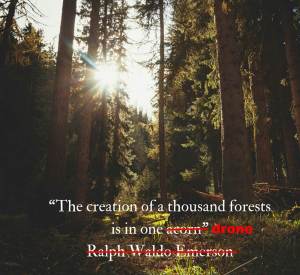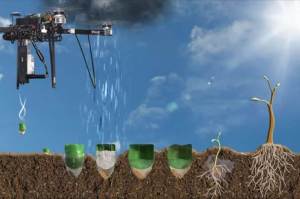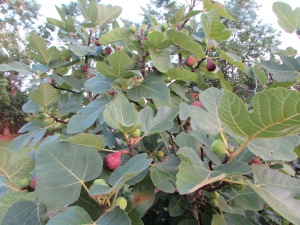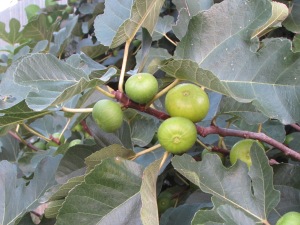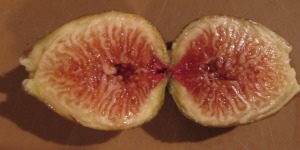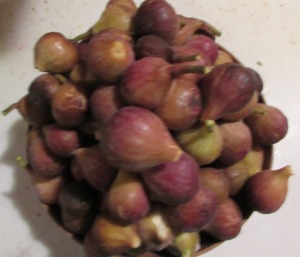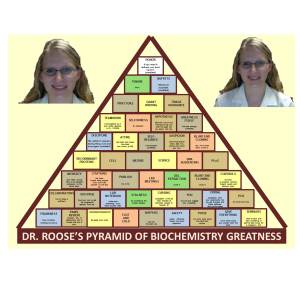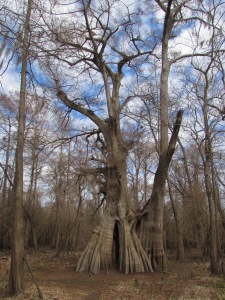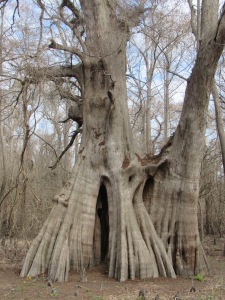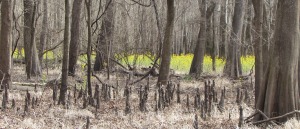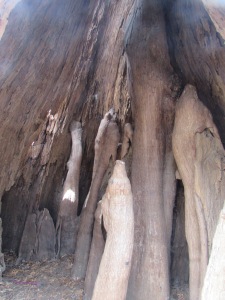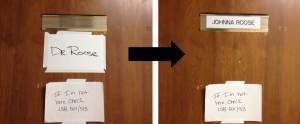From the Tortured Biochemists Department
It’s the end of the semester. Here’s a song parody for some much-needed levity.
I was supposed to graduate
But degree audit said biochemistry
I was a [insert relevant degree]
And there was a degree requirement
All of this to say I hope you’re okay
But I’m the reason
And no one here’s to blame
But what about procrastination?
And for one semester, we were biochemists
Email you sometimes, ask about the enzymes
Now you’re moving on, turned into engineers
Dr. Roose’s exams, I wanna kill her1
All those assignments stuck on a single protein structure2
I only crammed for Exam 1, the effects were temporary
Biochemistry, it’s ruining3 my life
Biochem, it’s ruining my life
I taught you for one semester
I learned you, but I learned you
And for a semester, we were biochemists
Email you sometimes, ask about the enzymes
Now you’re moving on, turned to engineers
Dr. Roose’s exams, I wanna kill her
And for a semester, we were biochemists
Email you sometimes, ask about my pathway
Now you’re at Himes Hall, which answer is it?
My students aren’t cheating, I wanna pass them
Biochem, it’s ruining my life
Biochem, it’s ruining my life
I taught you for one semester
I learned you, I learned you
Biochem, it’s ruining my life
Biochem, it’s ruining my life
I taught you for one semester
I learned you, I learned you
Thought of emailing ya but you won’t respond
‘Nother semester passed at LSU
Graduate and have the life you want
But it won’t begin til I learn biochem
Thought of emailing ya but you won’t respond
‘Nother semester passed at LSU
Graduate and have the life you want
But it won’t begin til I learn biochem
For your reference:
